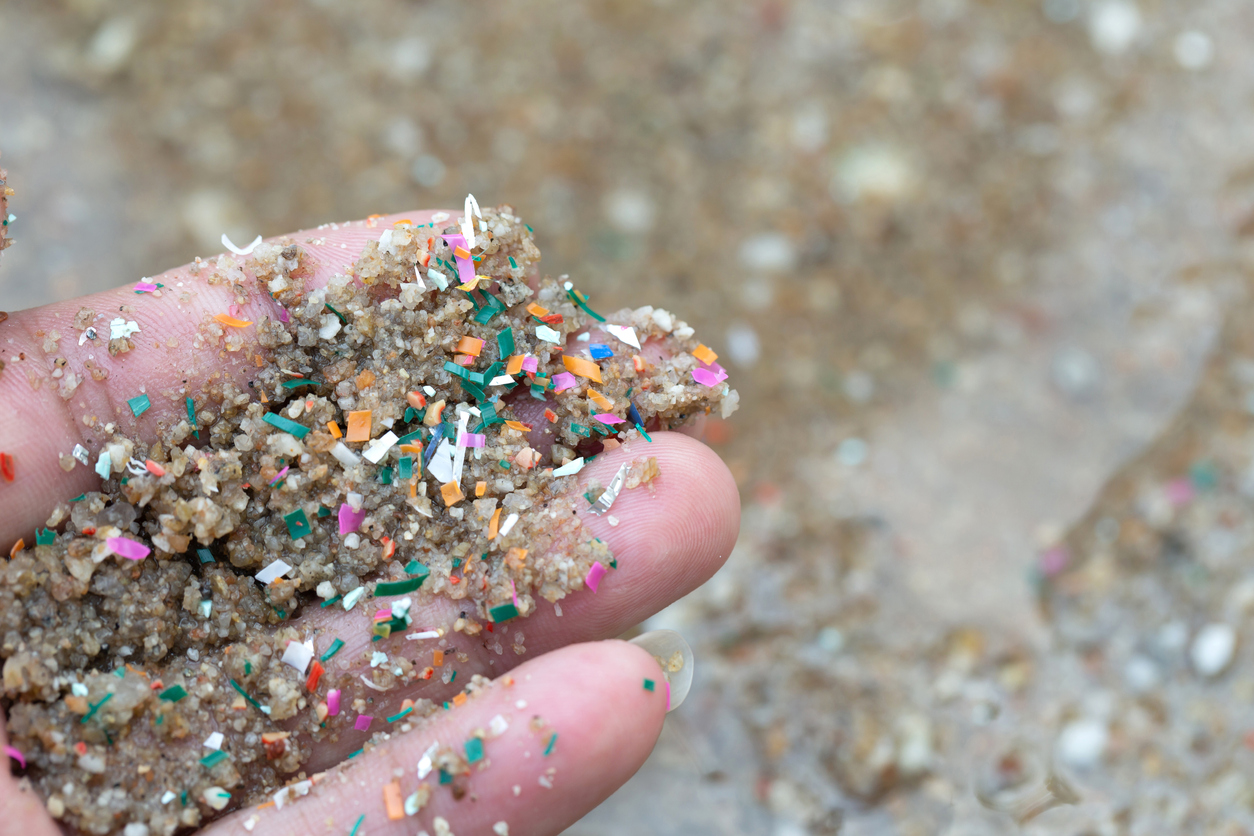MICROPLASTICS IN THE FOOD CHAIN & HUMAN BLOOD
DANGER TO MARINE WILDLIFE AND MANKIND
Plastic waste that has made its way to our oceans travels along the current and becomes part of one of the garbage islands in the Pacific Ocean. The waste begins to degrade into smaller and smaller pieces that are in turn ingested by marine life. These particles make their way into our food supply and our DNA. How did they plastic get there?
According to a June, 2019 article by the Sierra Club, it is a problem that was 30 years in the making. During that time, most of what American homes recycled was collected and sold to China for recycling. Americans immediately embraced recycling anxious to do their part to save the planet. Not knowing that not everything plastic or paper is a candidate for recycling and tons and tons of questionable recycling material made its way to China and other Asian countries such as Malaysia and Vietnam. The environmental controls in the early days of recycling were very loose and tons and more tons of the dirty waste made it way into rivers, streams and eventually, our precious oceans.
Poisoning of ocean life is not the only danger. The plastic waste is also responsible for the death of 100,000 marine creatures each from plastic entanglement, scientists speculate there are more since these are the ones found. Approximately 1 million sea birds also die from plastic.
Please take a couple of minutes to watch the eye opening video above that spells out the increasing danger to marine life as well as human life from the burgeoning amount of plastic waste that is finding its way into our oceans, and our bodies.
OTHER WAYS MICROPLASTICS GET IN OUR FOOD CHAIN
Frightening evidence is emerging showing the insidious ways microplastic particles (MPs) can enter the human body and our blood. The video above indicates these particles have now been found in human blood samples. In fact, using random specimens, evidence of MPs appeared in 80% of those samples. As many of those detected were attributed to disposable water bottle plastic.
The human race is hooked on convenience. Disposable plastic products are everywhere and as I mentioned, very few types of them are recyclable. The end result? The non-recyclables will either end up in the ground or in the ocean which is how our planet ended up with multiple garbage islands in the first place. The choice is clear, the use of plastics is not only an environmental issue, it is a health issue as these micro plastic particles could be a ticking time bomb inside our bodies just waiting to go off. Here are a couple of easy ways we can reduce our plastic waste:
- STOP BUYING BOTTLED WATER
- Bring your own shopping bag
- Pay attention to packaging; choose a paper package over plastic
- Reuse glass jars for storage
There are many changes you can make around your home to promote conservation of our precious resources, reduce waste while being kind to your wallet as well.
Thanks for visiting my blog, come back soon!


